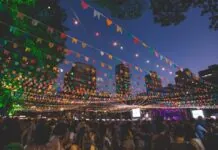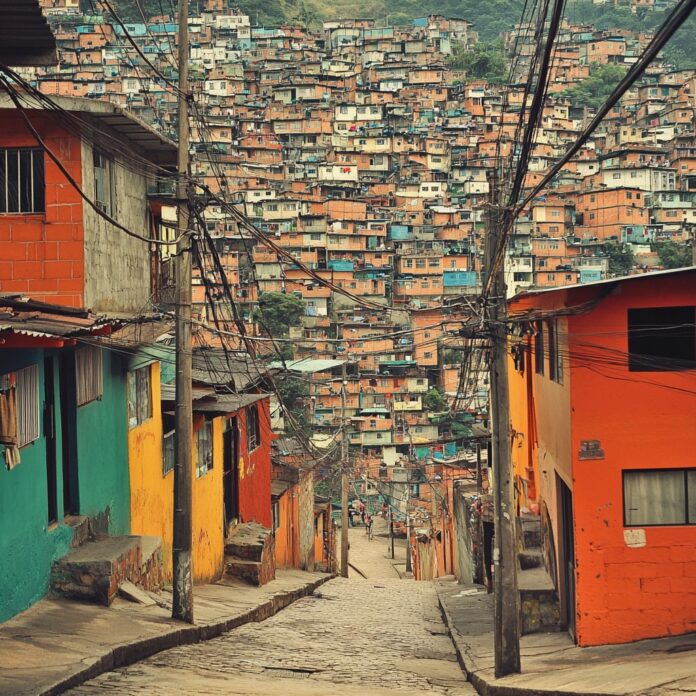
Travelers preparing for trips to Brazil in 2025 need clear guidance about dangerous favelas to avoid serious risks.
Brazil welcomes tourists with sunny beaches, colorful festivals, and lively cultural events each year.
Yet beneath popular tourist areas lies an unsettling reality involving poverty, crime, and widespread gang violence.
Dangerous favelas represent neighborhoods largely outside official government control, dominated instead by drug gangs or armed militias.
Travelers unfamiliar with Brazilian geography risk accidentally entering these high-risk zones through navigation errors or by simply losing their way.
Recent incidents resulted in fatalities among foreign tourists who unintentionally entered areas marked by frequent gun battles and violent confrontations.
Awareness about dangerous favelas provides travelers critical safety information needed to plan secure visits.
In the following report, readers will receive detailed insights about 18 dangerous favelas identified across Brazil, specifically highlighting the neighborhoods associated with extreme violence, ongoing conflict, and significant safety threats.
What Makes a Favela Dangerous?
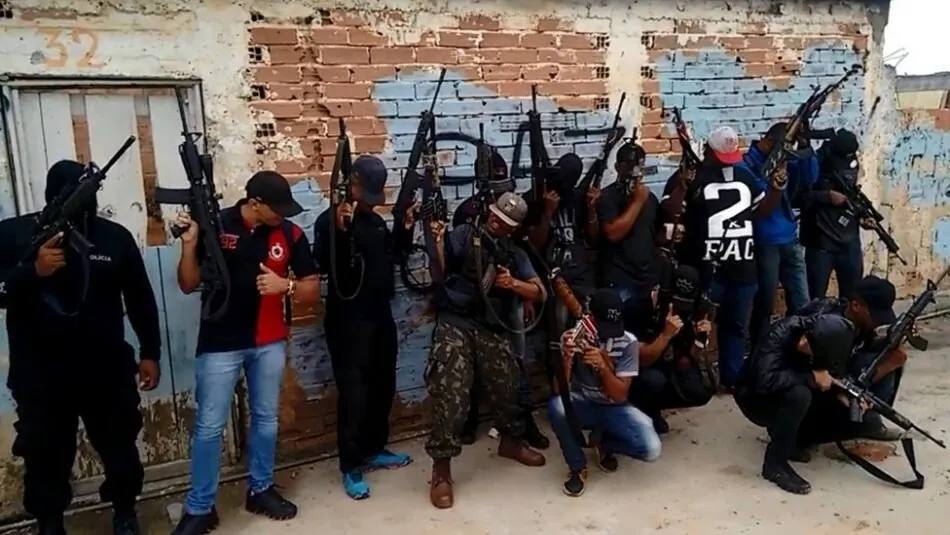
Powerful drug gangs such as Comando Vermelho (CV) in Rio de Janeiro and Primeiro Comando da Capital (PCC) in São Paulo directly control numerous communities, imposing their own laws through threats and violence.
Residents living under gang authority regularly witness armed confrontations over territory, drug sales, and criminal disputes.
Visitors unfamiliar with local dynamics face severe danger if accidentally caught between gang rivalries.
Another troubling factor in dangerous favelas involves armed militias-groups often composed of current or former police officers.
Militias exert ruthless control through extortion, intimidation, and violence against residents who resist paying fees for supposed protection or basic utilities.
Unlike traditional gangs, militias maintain a hidden yet highly violent presence, posing significant risks to outsiders unaware of their territorial boundaries.
Finally, frequent armed clashes between gangs and police forces dramatically increase risks within dangerous favelas.
Police raids typically involve heavily armored operations aiming to dismantle criminal activity, resulting in widespread gunfire and street battles.
Visitors inadvertently entering during these volatile situations may find themselves facing immediate life-threatening danger.
Most Dangerous Favelas in Rio de Janeiro (2025)
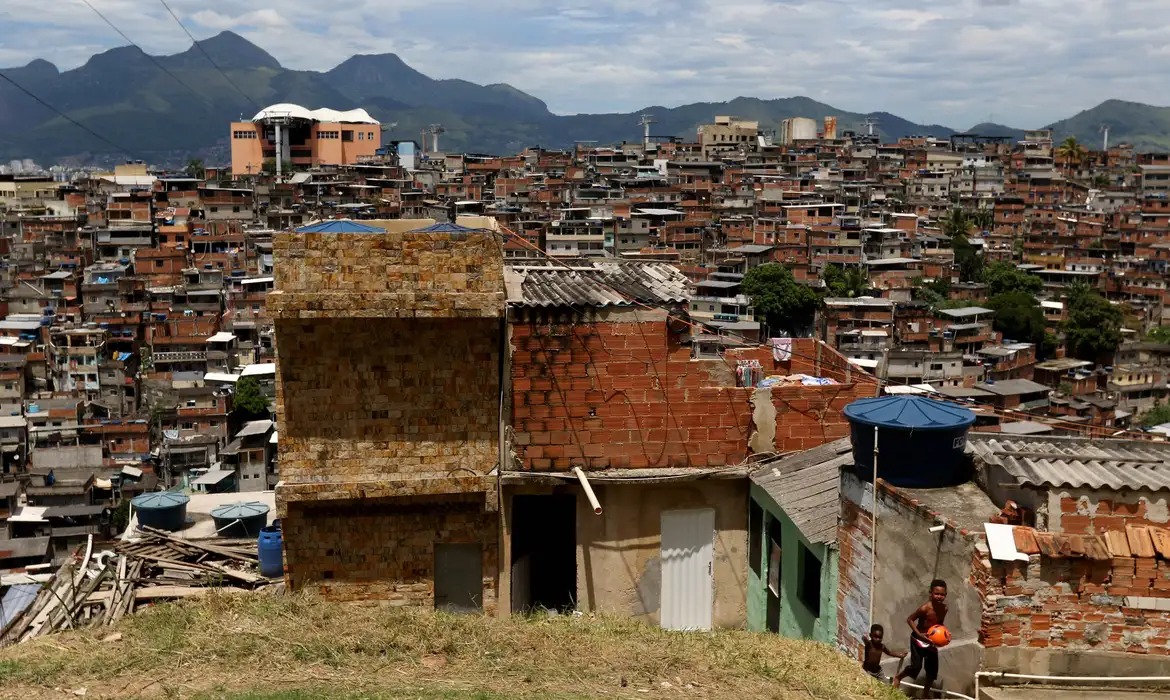
Rio de Janeiro remains a top global destination, famous for breathtaking beaches, iconic landmarks, and festive culture.
Yet, the city also contains some of the most dangerous favelas anywhere in Brazil, posing real threats to travelers unfamiliar with their locations.
| Favela Name | City | Primary Safety Risks | Controlling Group |
|---|---|---|---|
| Complexo do Alemão | Rio de Janeiro | Gun battles, frequent police raids, stray bullets | Comando Vermelho (CV) |
| Jacarezinho | Rio de Janeiro | Violent crime, deadly police raids, frequent shootouts | Comando Vermelho (CV) |
| Complexo da Maré | Rio de Janeiro | Gang turf wars, frequent clashes, proximity to highways | CV, ADA, TCP |
| Rocinha | Rio de Janeiro | Sporadic violence, accidental tourist involvement | Comando Vermelho (CV) |
| Cidade de Deus | Rio de Janeiro | Regular gun violence, gang-police conflicts | Comando Vermelho (CV) |
| Mangueira | Rio de Janeiro | Frequent shootouts, police operations | Comando Vermelho (CV) |
| Complexo do Penha | Rio de Janeiro | Intense gang presence, deadly police raids | Comando Vermelho (CV) |
| Morro da Providência | Rio de Janeiro | Violent territorial battles, downtown location risks | Comando Vermelho (CV) |
| Paraisópolis | São Paulo | Violent events, street crime, police tensions | Primeiro Comando da Capital (PCC) |
| Heliópolis | São Paulo | Hidden gang violence, targeted killings, robberies | Primeiro Comando da Capital (PCC) |
| Jardim Ângela | São Paulo | High murder rates, violent crime | Primeiro Comando da Capital (PCC) |
| Capão Redondo | São Paulo | Violent crime, gang confrontations | Primeiro Comando da Capital (PCC) |
| Cracolândia | São Paulo | Drug violence, frequent robberies, assaults | Various criminal groups |
| Nordeste de Amaralina | Salvador | Gang violence, frequent armed conflicts | Local gangs, PCC influence |
| Sussuarana | Salvador | Violent street crime, frequent shootings | Local gangs |
| Valéria | Salvador | Regular violence, drug trafficking conflicts | Local gangs |
| Ceilândia | Brasília | Violent crime, robberies, assaults | Local gangs, PCC influence |
| Sol Nascente | Brasília | Gang domination, violent crime, lack of police presence | Local gangs |
1. Complexo do Alemão
Complexo do Alemão ranks among the largest and most hazardous favelas in Rio’s North Zone. Controlled by the powerful gang Comando Vermelho (CV), residents regularly witness open gun battles and armed confrontations every few days.
Stray bullets frequently endanger innocent bystanders, and police raids routinely become extended firefights involving heavy weaponry. Travelers must strictly avoid this area.
2. Jacarezinho
Jacarezinho, another dangerous favela in Rio’s North Zone, remains notorious for extreme gang violence and deadly police raids.
Controlled firmly by Comando Vermelho, Jacarezinho gained global attention after a violent police operation in 2021 resulted in nearly 30 deaths. Shootings occur frequently, placing anyone who enters at serious risk.
3. Complexo da Maré
Complexo da Maré represents a vast area composed of multiple neighborhoods controlled by rival gangs including CV, ADA, and TCP.
Gang wars occur routinely, causing deadly clashes within its borders. Maré’s proximity to highways and Rio’s international airport adds further danger, as travelers occasionally encounter gunfire even from nearby roads.
Since 2010, militias controlled favelas housing around 422,000 inhabitants, surpassing the CV with 377,000, ADA and TCP combined at 180,000, and UPP-secured areas totaling 142,000 inhabitants. Neutral zones without criminal control remain almost nonexistent today.
4. Rocinha
Rocinha, positioned near popular tourist districts, once attracted tourists for guided favela tours but now remains a highly dangerous area. Control recently shifted to Comando Vermelho following violent clashes among rival gangs.
Sporadic gun battles erupt without warning, and travelers mistakenly entering this zone have experienced tragic consequences.
5. Cidade de Deus
Cidade de Deus gained notoriety internationally due to its violent past and the film named after it.
Located in Rio’s West Zone, Cidade de Deus continues experiencing frequent shootouts involving gangs, militias, and police.
Violent territorial disputes remain common, significantly endangering visitors attempting unauthorized exploration.
- Fun fact: The film City of God was based on true events that happened in the real Cidade de Deus favela in Rio de Janeiro.
6. Mangueira
Mangueira, situated close to Rio’s famous Maracanã stadium, regularly experiences gang conflicts and violent police operations.
Controlled mainly by Comando Vermelho, its proximity to a major landmark increases accidental entry risks for tourists.
Visitors unfamiliar with its boundaries can easily find themselves in dangerous circumstances.
7. Complexo do Penha/Vila Cruzeiro
Complexo do Penha and Vila Cruzeiro form another notorious dangerous favela zone controlled by CV in Rio’s North Zone.
Police raids frequently turn into deadly shootouts resulting in high casualties. Gang presence remains visibly strong, making accidental tourist entries particularly dangerous.
8. Morro da Providência
Morro da Providência stands near downtown Rio, making it dangerously accessible to lost or confused travelers.
Despite being centrally located, gang violence and territorial battles frequently erupt.
Most Dangerous Favelas in São Paulo (2025)
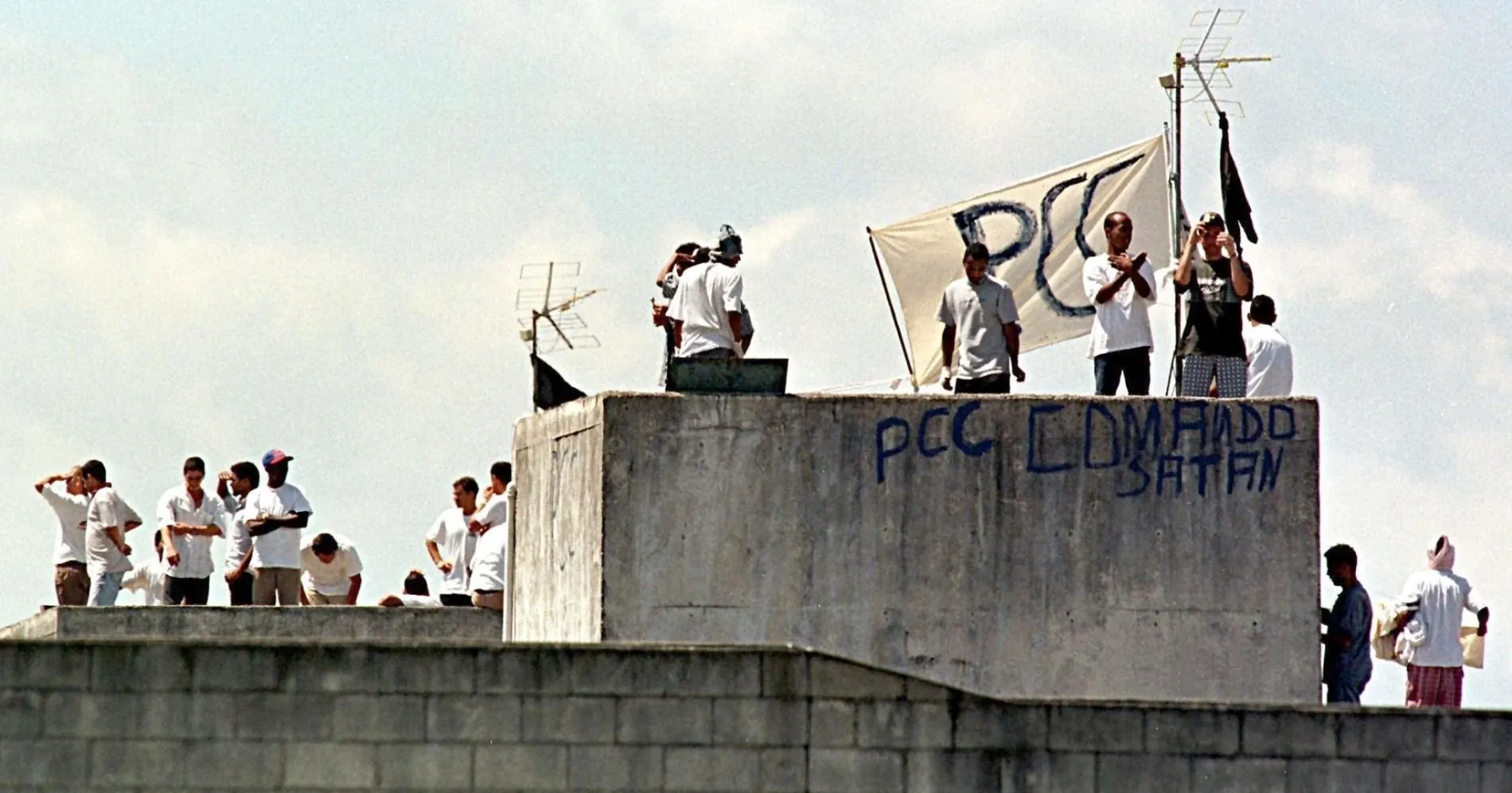
São Paulo, Brazil’s largest city and economic heart, attracts countless international visitors annually due to its lively cultural scene and thriving urban life.
Hidden beneath this appealing surface lie several notably dangerous favelas, significantly impacting the city’s safety profile.
9. Paraisópolis
Paraisópolis, the second largest favela in São Paulo, remains dominated by Primeiro Comando da Capital (PCC), a powerful criminal organization controlling much of the city’s illicit activities.
This neighborhood periodically witnesses severe violence, exemplified by the tragic 2019 stampede that killed multiple young residents after clashes between police and partygoers.
10. Heliópolis
@ivantrivinos #Favela de #saopaulo ♬ sonido original – Iván Triviño
Heliópolis ranks as São Paulo’s largest favela, with a strong yet discreet PCC presence. Although gang activities appear less visible, violence still occurs routinely, including targeted killings and sporadic confrontations with police.
Those unknowingly entering Heliópolis face heightened risks, particularly due to minimal official security and widespread covert criminal operations.
11. Jardim Ângela
Historically recognized as one of São Paulo’s murder capitals, Jardim Ângela continues experiencing elevated violent crime levels.
Controlled largely by PCC, it frequently registers homicides, robberies, and other violent incidents.
12. Capão Redondo
Capão Redondo similarly struggles with violent street crime, homicides, and ongoing gang operations, predominantly under PCC control. Despite efforts at community improvement, violent incidents still occur frequently.
Visitors inadvertently entering Capão Redondo face serious threats from street-level robberies and random gang violence.
13. Cracolândia
Cracolândia differs from typical favelas due to its central location in downtown São Paulo, characterized primarily by rampant drug trafficking, usage, and associated criminality.
Open drug markets lead directly to robberies, assaults, and dangerous confrontations, especially threatening unaware travelers exploring the city center.
Dangerous Favelas in Salvador (2025)
Salvador, Brazil’s cultural hub and capital of Bahia, invites tourists through colorful festivals, historic architecture, and lively celebrations year-round.
However, Salvador also hosts several dangerous favelas, characterized by gang violence and severe security issues that frequently spill over into daily life.
It’s worth noting that Salvador has the highest homicide rate among Brazilian cities.
14. Nordeste de Amaralina
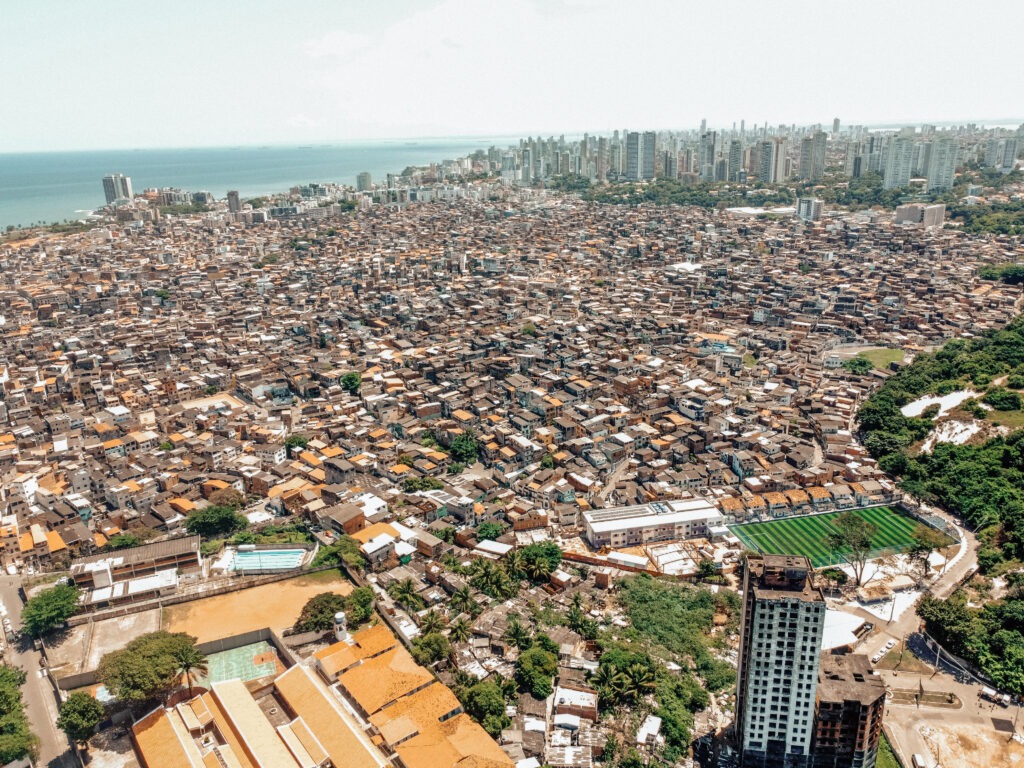
Nordeste de Amaralina ranks among Salvador’s most violent neighborhoods, persistently troubled by gang conflicts and street-level violence.
Local factions, sometimes influenced by PCC expansion, regularly clash over territory and drug markets.
Gunfire and violent confrontations occur regularly, forcing temporary community lockdowns and jeopardizing safety for unaware visitors.
15. Sussuarana
Sussuarana represents another notably dangerous area in Salvador, experiencing frequent gang violence, drug-related conflicts, and elevated homicide rates.
Local gangs battle aggressively over control, increasing risks for anyone mistakenly entering or passing near this neighborhood.
16. Valéria
Valéria similarly experiences high levels of criminal activity, including routine violent clashes between gangs.
Street violence and drug-trafficking disputes consistently threaten local residents and pose significant danger to visitors who inadvertently enter this favela.
Accidental entry into Valéria carries considerable risks of becoming victims of violent crime or armed confrontations.
Dangerous Areas in Brasília (2025)
@chloejadetravels Are favelas actually d4nger0us? If you watch part one, then you would know that specifically inside the favela it is known that it is safe. although DROOO0gz are technically legal, it is known to be a safe environment if you act according to the code. This is Rocinha, a favela in Rio de Janeiro, Brazil The m4f1a govern the society and the police are not allowed inside of the favela Although there are many favelas in Brazil and Rio de Janeiro alone, there are three favelas that do allow outsiders to come in. This is one of those, and I feel lucky to visit and learn more about everything that goes on So are favelas dangerous? I think that depends on the favela , and it also depends on who you are and what your intentions are and your actions What is there to do Brazil? What can you do in Rio de Janeiro? Should I go to favela? I wanted to visit favela and eventually share my experience, because I was interested, and then, once I learned more about it I wanted to destigmatize it. People are literally just living their lives, and should not be faulted for that or looked down on. ##brazil🇧🇷##traveltheworld##femaletraveler##riodejaneirobrasil##braziltravelvlog##favelasderio##riodejaneiro2023 ##rocinha ♬ Epic News – DM Production
Brasília, Brazil’s modern capital city, often portrays a secure image featuring planned neighborhoods, governmental institutions, and international embassies.
Travelers typically perceive this capital as safer compared to other Brazilian cities, yet Brasília also includes dangerous favelas marked by violent crime, limited police presence, and gang dominance.
17. Ceilândia
Ceilândia, one of Brasília’s largest satellite cities, frequently experiences high levels of violent crime such as armed robberies, assaults, and gang confrontations.
Local criminal groups, occasionally influenced by PCC’s national expansion, aggressively control certain neighborhoods.
18. Sol Nascente
Sol Nascente ranks among Brasília’s most problematic satellite areas, widely known for persistent street violence, active gang territories, and minimal official law enforcement presence.
Criminal gangs operate openly here, resulting in frequent violent incidents and community tensions.
Other High-Risk Cities and Regions in Brazil
Dangerous favelas extend beyond Brazil’s best-known cities, appearing prominently in regions often visited by adventurous travelers.
Cities like Fortaleza, Recife, Maceió, and Manaus feature dangerous neighborhoods characterized by unique local threats, frequent violent confrontations, and intense gang rivalries over drug trafficking routes and territory.
Fortaleza: Conjunto Palmeiras and Bom Jardim
Fortaleza, a popular coastal destination in northeastern Brazil, includes dangerous favelas like Conjunto Palmeiras and Bom Jardim.
Local gangs actively compete for control of drug-trafficking markets, routinely engaging in violent street battles.
In recent years, shootouts in Bom Jardim led local authorities to temporarily suspend public transportation and close schools, illustrating the intensity of local violence.
Recife: Ibura and Coque
Recife remains a favored tourist city known for beautiful beaches, yet dangerous areas such as Ibura and Coque significantly elevate local crime rates.
Ibura regularly experiences gang-related homicides and frequent gun violence due to intense competition over drug markets.
Coque, situated near the central area, sees recurring gang violence that spills dangerously close to popular tourist attractions.
Maceió: Jacintinho and Benedito Bentes
Maceió offers visitors pristine beaches and attractive coastal resorts, yet its neighborhoods Jacintinho and Benedito Bentes frequently experience violent gang conflicts.
Jacintinho struggles with frequent violent robberies and drug-related shootings, posing risks even near major thoroughfares.
Benedito Bentes, on the outskirts, remains under gang dominance, with frequent street-level conflicts endangering locals and visitors alike.
Manaus: Jorge Teixeira and Compensa
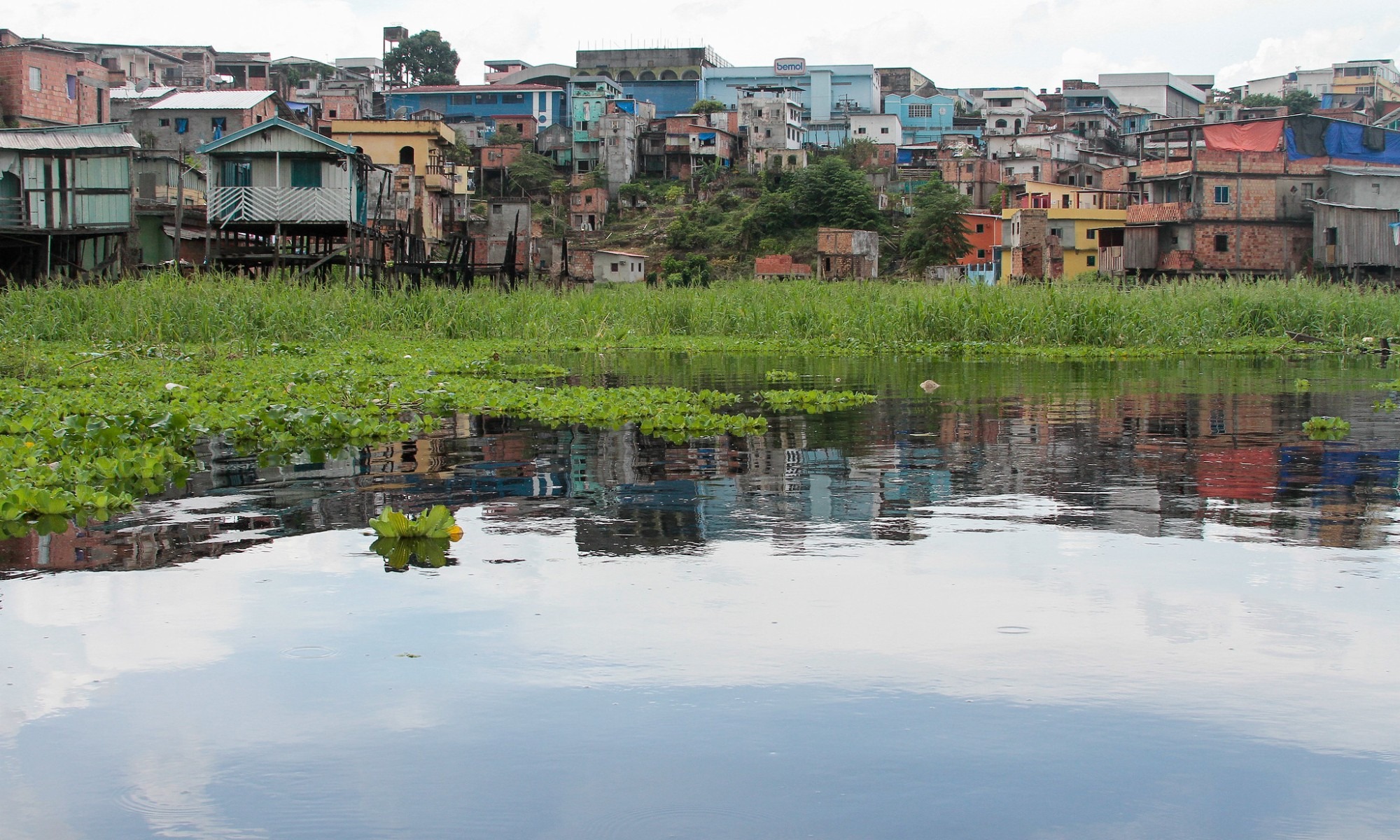
Manaus serves as the gateway city to the Amazon rainforest, attracting thousands annually.
However, neighborhoods such as Jorge Teixeira and Compensa witness intense violence driven by competing drug-trafficking gangs fighting for control of strategic Amazon routes.
Jorge Teixeira regularly faces violent confrontations between rival factions, resulting in periodic armed battles.
Compensa similarly experiences high rates of violent crime, making accidental entry particularly dangerous for unaware tourists exploring the area.
Travel Advisories for Tourists
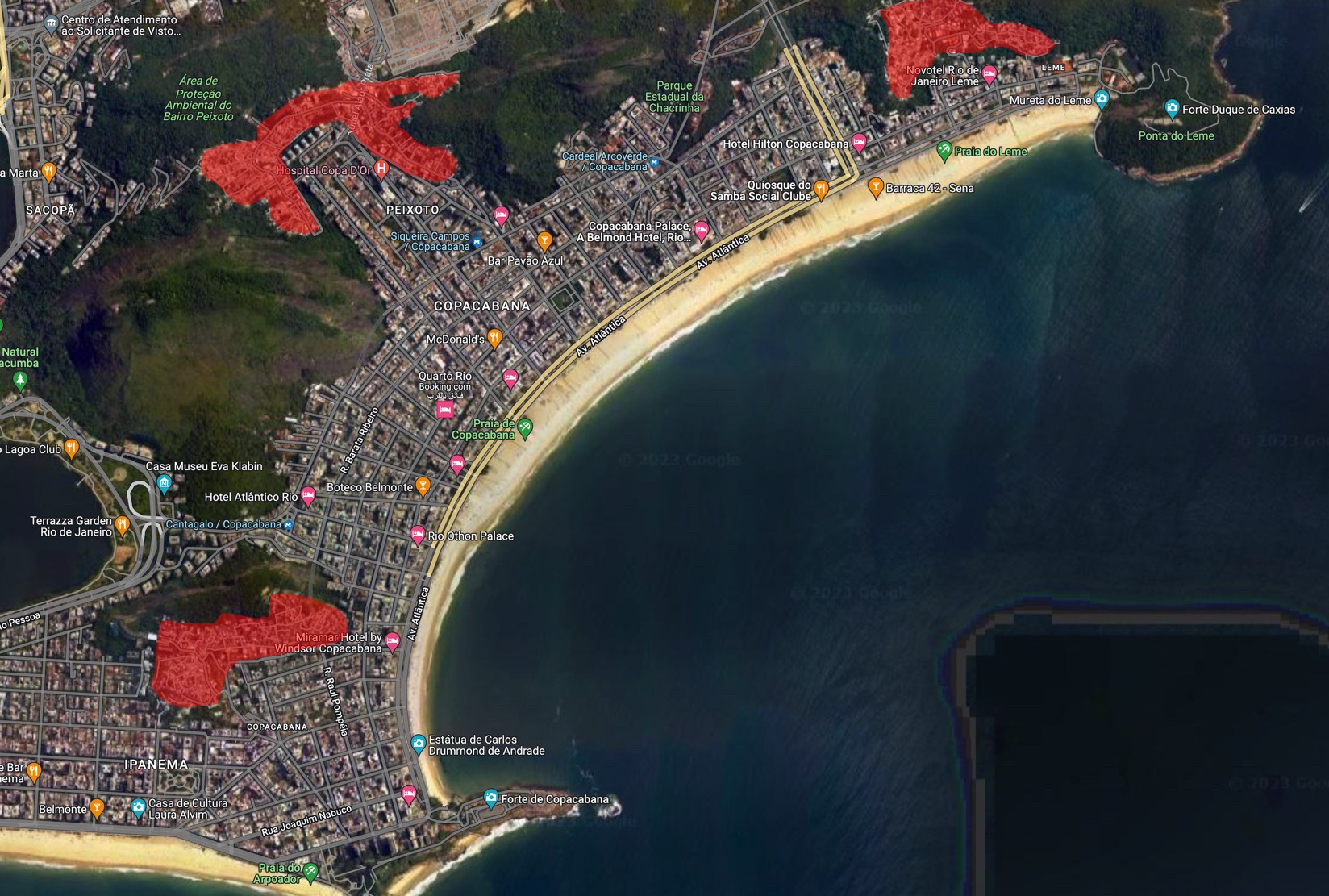
Official international travel advisories clearly state tourists must strictly avoid dangerous favelas in Brazil.
The U.S. State Department rates favela areas as Level 4 (Do Not Travel), explicitly warning travelers that local authorities cannot guarantee their safety in these neighborhoods.
Similarly, the UK Foreign Office strongly advises against entering any favela due to unpredictable violent incidents and ongoing gang conflicts.
Navigation errors frequently lead tourists into dangerous favelas unintentionally. Recent cases involved tourists mistakenly following GPS directions into gang-controlled zones in Rio de Janeiro, resulting in fatal outcomes.
Visitors must carefully verify all navigation routes, use trusted local transportation services, and remain alert when traveling near unfamiliar neighborhoods.
Notable Incidents Involving Tourists
Several recent incidents involving tourists tragically demonstrate the real danger of unintentionally entering dangerous favelas.
Argentine Tourist Killed Near Corcovado (Rio, 2024)
An Argentine visitor returning from Rio de Janeiro’s Christ the Redeemer monument mistakenly followed a GPS route into a gang-controlled favela.
Gang members guarding the entrance immediately fired on the vehicle, killing the tourist instantly.
Brazilian Tourist Fatally Shot After Uber Error (Rio, 2025)
In early 2025, a Brazilian tourist visiting from São Paulo was fatally shot when her Uber driver took an incorrect turn into another dangerous favela in Rio.
Armed criminals responded immediately, firing on the vehicle as it entered their territory.
Spanish Tourist Accidentally Killed in Rocinha (Rio, 2017)
Spanish Tourist Visiting Rocinha Shot and Killed by Rio Police – See more at: https://t.co/Qxhgksqo93 pic.twitter.com/S5rvg8oQSk
— The Rio Times (@TheRioTimes) October 23, 2017
During heightened tensions following a gang conflict in Rocinha, a Spanish tourist participating in an organized favela tour was killed after police opened fire on her vehicle.
Police had mistakenly perceived the vehicle as a threat when it failed to stop promptly at a checkpoint near the favela entrance.
Italian Tourist Shot Dead in Morro dos Prazeres (Rio, 2016)
An Italian tourist riding a motorcycle accidentally entered Morro dos Prazeres, a favela with ongoing gang disputes.
Gunmen confronting the unexpected presence of foreigners shot the tourist dead immediately, highlighting the sudden danger faced by visitors mistakenly entering such neighborhoods.
Conclusion
Travelers visiting Brazil in 2025 must remain cautious regarding the most dangerous favelas identified throughout major cities.
Neighborhoods like Complexo do Alemão in Rio or Heliópolis in São Paulo pose genuine threats due to ongoing gang violence, frequent police confrontations, and militia activities. Recognizing these neighborhoods clearly helps tourists safely plan their routes.
Recent tragic incidents involving tourists who mistakenly entered dangerous favelas reinforce the critical importance of adhering strictly to official travel advisories.
By carefully avoiding the most dangerous favelas, tourists ensure safer travel experiences, fully enjoying the best aspects of Brazilian culture, beaches, and attractions without unnecessary danger.
Read Next – Is Jamaica Safe?

